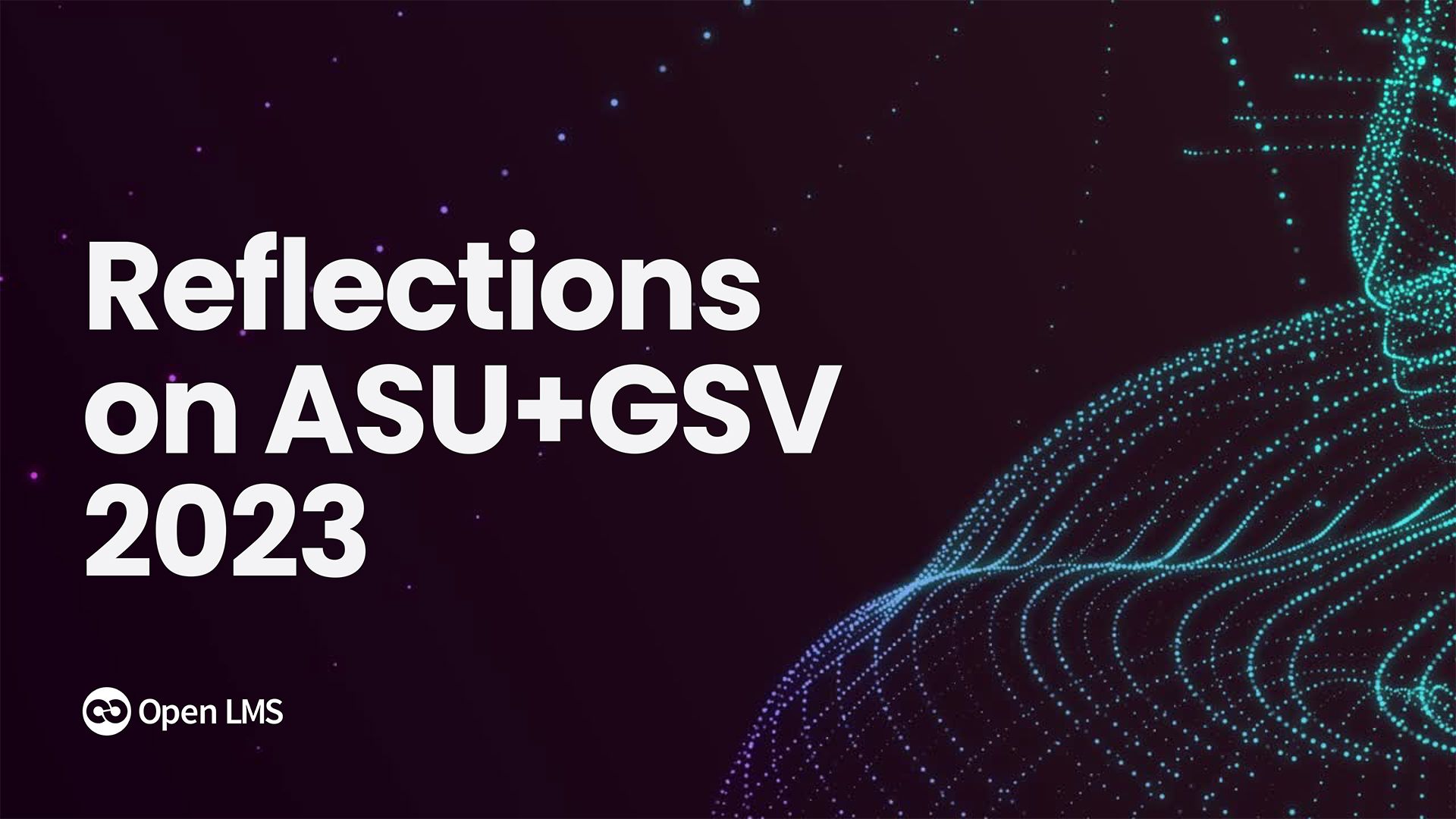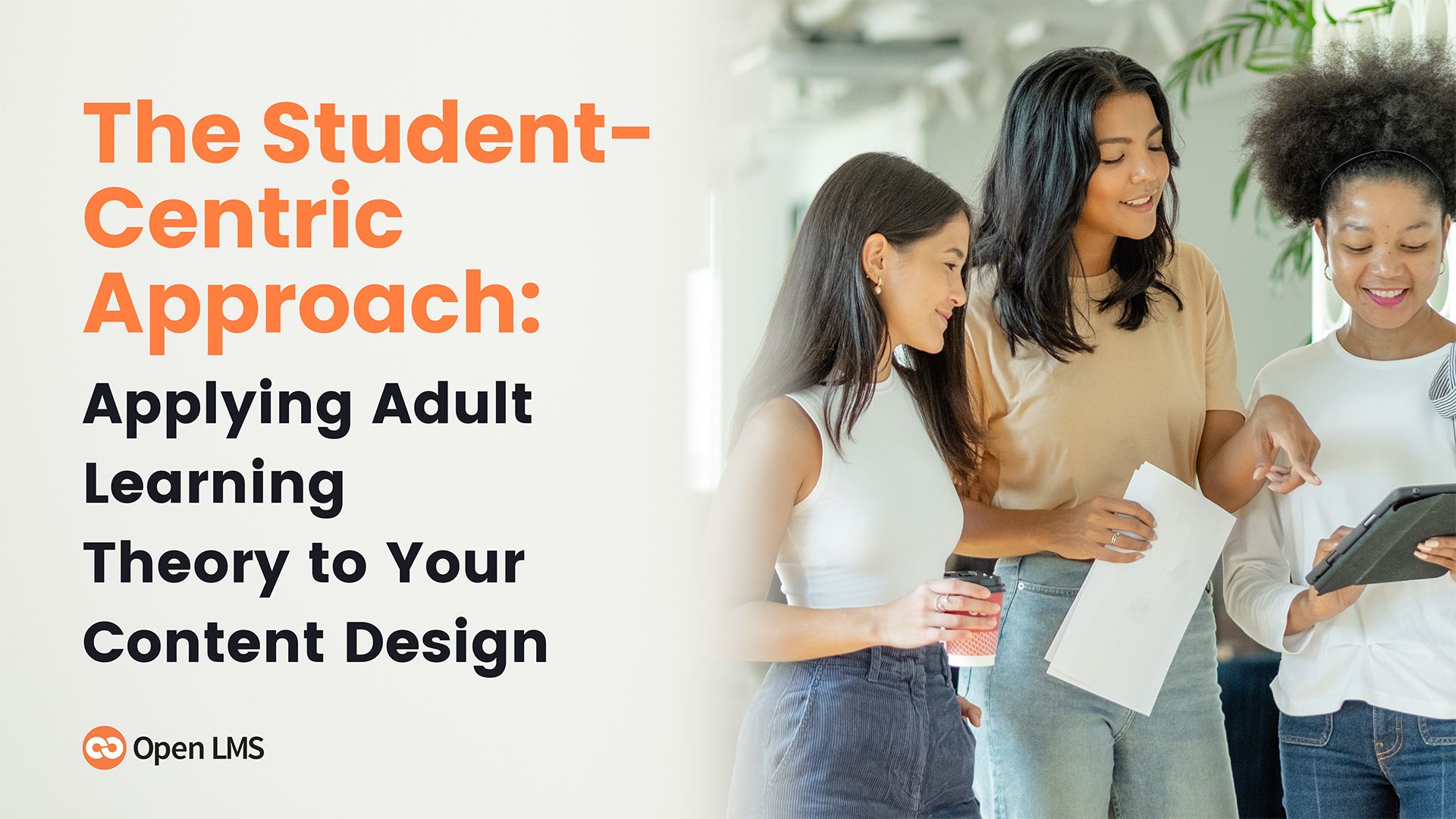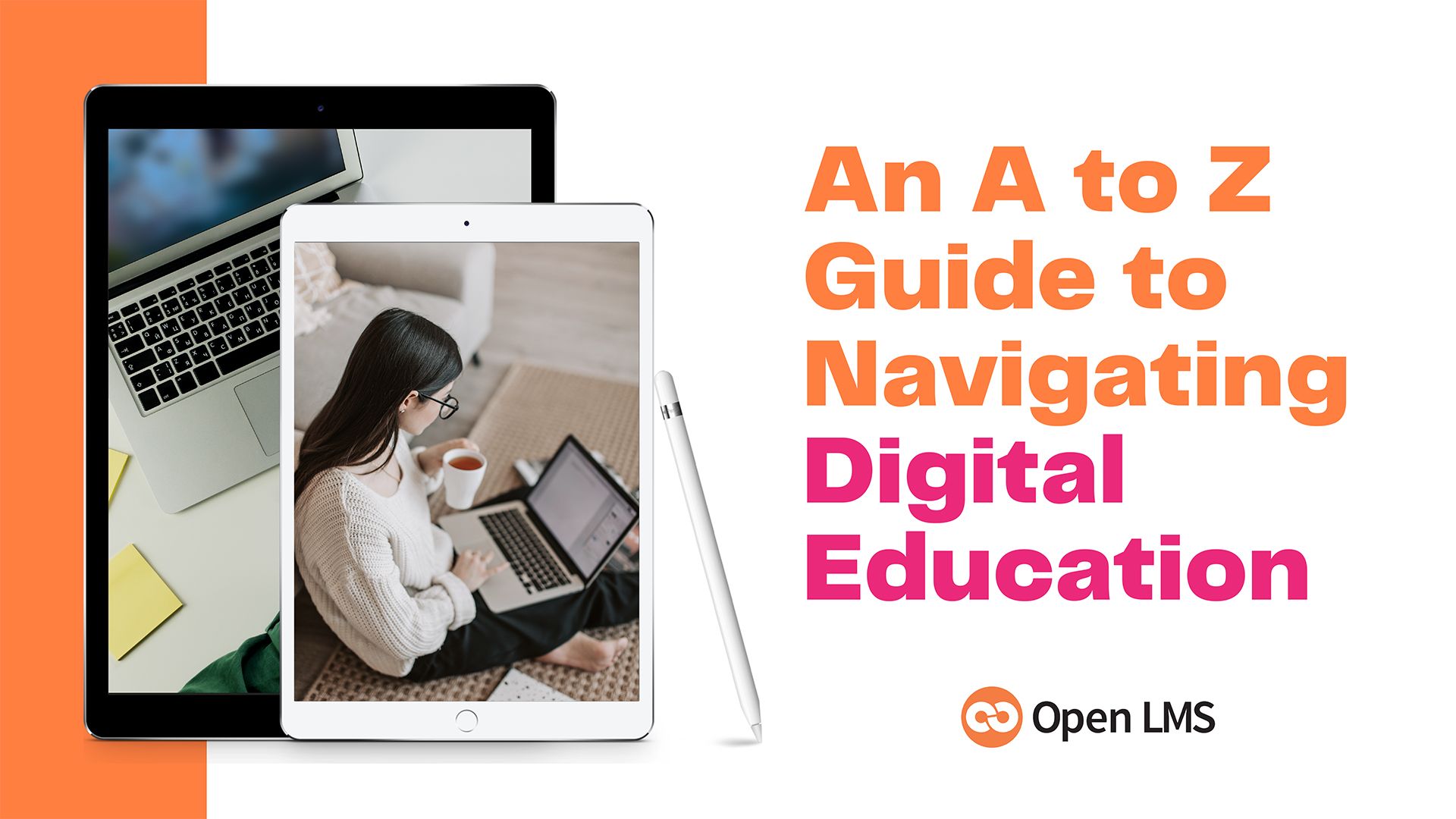
eLearning Localization: The Art of Global Educational Experiences
If you're seeking a course design provider outside your country, it must adhere to a robust eLearning localization process. Discover how in this article.
If you're seeking a course design provider outside your country, it must adhere to a robust eLearning localization process. Discover how in this article.
Implementing new eLearning tech is exciting, but what if it doesn't achieve the desired results? An expert shares valuable advice on how to leverage new tools.
Artificial intelligence holds great potential for learning and development programs, but we must be aware of some challenges that arise with it.
Open LMS recently had the privilege of exhibiting at the EDUCAUSE and DevLearn conferences
Learn how to unlock the financial potential of a Learning Management System (LMS) for institutions and organizations.
I attended the 2023 ASU+GSV Summit this month, an educational technology conference that has become one of the premier EdTech conferences in the world. Every year it has grown in size and importance and, more recently, “noise.” It’s harder to filter through the great content and the not-so-great content these days. So, I thought I’d share some of my reflections on the conference for those in our industry who weren’t able to be here in person.
There’s a lot to consider when you’re choosing a Moodle™-based learning management system (LMS). If platform theme options aren’t at the forefront of your mind, they should be! This blog further explains why Moodle™ themes are so important, and looks at how the SNAP theme offers a better user experience while providing greater accessibility. Read on to learn more.
We know pedagogy as the science behind creating engaging educational experiences for learners. The problem is, your adult learners have significantly different needs to the typical target students of most pedagogies: children.
Online learning has become a mainstream method of educating adults. Whether you’re working in the corporate world or higher education, you’ve likely taken a course or watched a webinar using a learning management system (LMS) and aren’t a stranger to digital learning.







